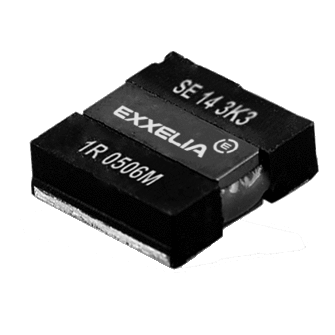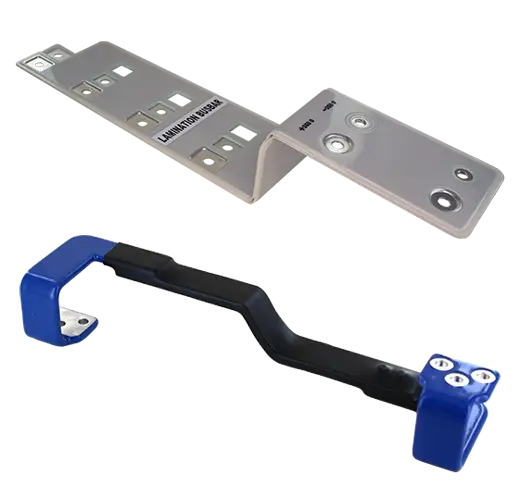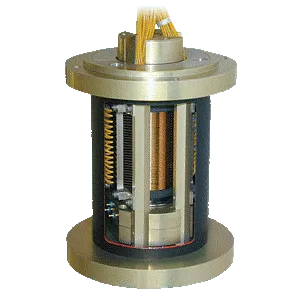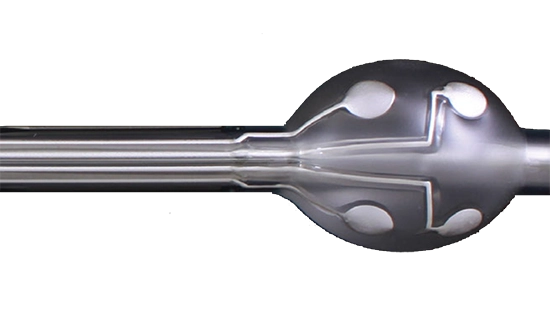

Discover Exxelia Temex's new Invar Tuning Elements with a self-locking system for precise, stable tuning in Space applications.
Exxelia announces the release of new world-unique invar tuning elements featuring a self-locking system. The product has been designed to respond to increasing demand for high frequency tuning elements for space applications.
Working frequencies in Space applications are shifting to Ka, Ku or even Q band, while cavity filters are undergoing the general trend towards miniaturization: this context calls for a much more precise and stable tuning element now offered by Exxelia Temex, daughter company of Exxelia, through their last innovative and unrivalled solution to incorporate a self-locking system into their Invar Tuning Elements.
Invar-36 is a unique Iron-Nickel alloy (64 % Fe / 36 % Ni) sought-after for its very low coefficient of thermal expansion. With 1.1 ppm. K–1 between 0°C and 100°C, Invar-36 is about 17 times more stable than Brass which is the most traditional and common alloy Tuning Elements are made of. The working temperature range in Space is so wide that this property becomes essential for a reliable and stable cavity filter tuning. Self-locking system is a technology commonly used on Tuning Element made of Brass or other soft “easy-to-machine” alloys but is innovative and pretty advanced when applied to hard and tough Invar 36. The design consists of two threaded segments separated by two parallel slots. After cutting both parallel slots, the rotor is compressed in its length in order to create a plastic deformation. Thus, an offset is induced between the two threaded segments which generates a constant tensile stress in the rotor from the moment threaded segments are screwed.










